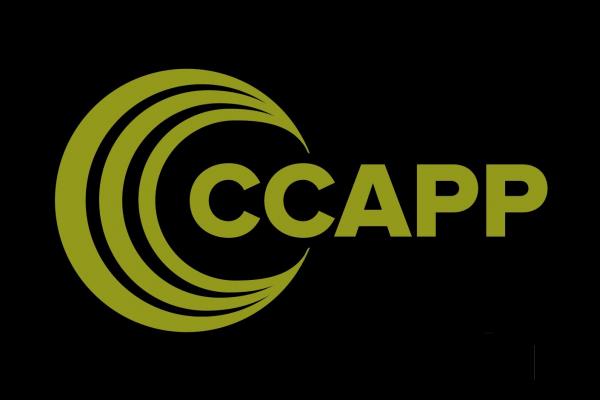
Cosmic Ray Transport and the Galaxy Gas Cycle
Despite representing only a billionth of the gas population, cosmic rays have enough energy to significantly shape the structure of the ISM, the supernova-driven outflows that emanate from it, and the surrounding circumgalactic medium (CGM), which contains a large fraction of the baryons in the galactic ecosystem. They exert this influence, however,through micro-scale interactions with plasma fluctuations on scales of order 1 AU. Fully realizing the macroscopic, observable effects of cosmic rays, therefore, requires a truly cross-disciplinary effort between astronomy and plasma physics.I will present two recent projects in which I leverage novel numerical techniques and plasmaphysics-based cosmic ray treatments to simulate cosmic rays in galaxies. This talk will go from large to small scales, from the role of cosmic rays in the complicated environment of the Magellanic System (Bustard+ 2019) to intuition-building ISM “patch” studies of the Parker instability (Heintz, Bustard, and Zweibel 2019). We find, in each study, that cosmic rays shape their surroundings to promote a flux of gas, magnetic fields, and cosmic rays from disks,develop a cosmic ray dominated halo, and promise to significantly affect the gas phase structure in halos and the CGM. This cosmic ray impact on the galaxy gas cycle may narrow gaps between observed and simulated outflows, with the Large Magellanic Cloud being an intriguing, nearby example. Future work to more thoroughly characterize the cosmic ray flux out of the multiphase, turbulent ISM is necessary and will be discussed.
